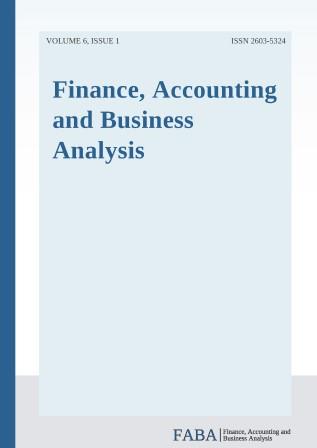The asymmetric effect of stokvel on banking sector liquidity: Evidence from a nonlinear ARDL approaches
The asymmetric effect of stokvel on banking sector liquidity: Evidence from a nonlinear ARDL approaches
Author(s): Lindiwe Ngcobo, Joseph Chisasa, Mantepu Tshepo MaseTshabaSubject(s): Economy, National Economy, Supranational / Global Economy
Published by: Институт по публични финанси
Keywords: stokvel savings; banking sector liquidity; ARDL; Asymmetric effect; South Africa
Summary/Abstract: The objective of this study was to empirically investigate the possible nonlinear relationship between stokvel saving and banking sector liquidity, that is to determine whether there exists a turning point or a threshold level above which the effect of stokvel saving on banking sector liquidity switches from positive to negative in South Africa; to assess the long-run as well as the short-run relationship between the two variables, controlling for other stokvel saving determinants. The estimation of this relationship has been carried out using a novel methodology combining the autoregressive distributed lag (ARDL) bounds testing approach to cointegration developed by Pesaran, Shin and Smith (2001) and nonlinear autoregressive distributed lag (NARDL) applied to quarterly time series secondary data for the period from 2009Q4-2020Q2. The study results found that all the explanatory variables were statistically insignificant in explaining banking sector development implying that the NARDL is not an appropriate model for predicting banking sector development proxied by banking sector liquidity. Similar results obtained when using stokvel savings and money supply as the dependent variables suggesting an insignificant influence of baking sector liquidity on stokvel savings and money supply. With gross domestic product growth (GDPG) as the dependent variable, only a negative shock on money supply (M3) resulted in a significant increase in GDPG at 5%. STOKVSAV can provide the opportunity for the South African government and formal financial/banking sector to develop mutually beneficial relationships or linkages to make such STOKVSAV more effective and efficient in mobilizing savings and advancing credit to the low- and middle-income households.
Journal: Finance, Accounting and Business Analysis
- Issue Year: 6/2024
- Issue No: 1
- Page Range: 86-98
- Page Count: 12
- Language: English

